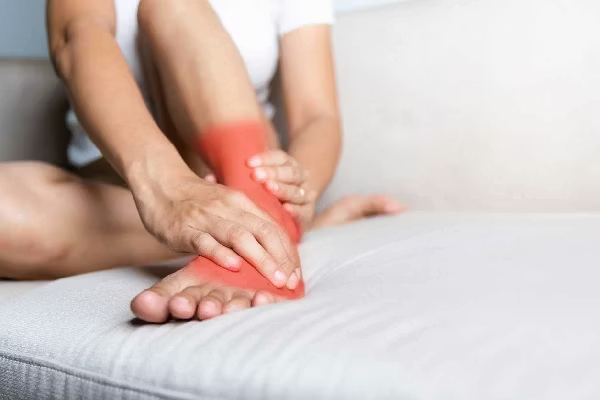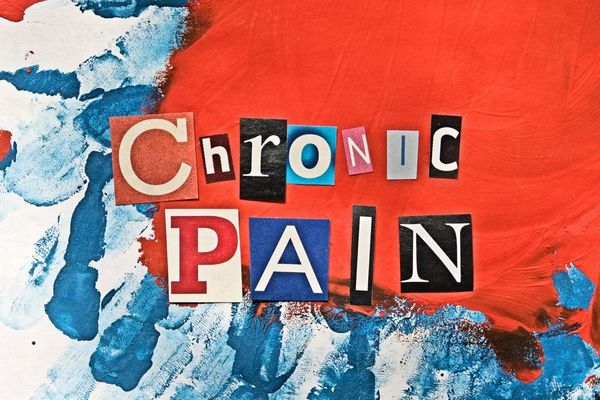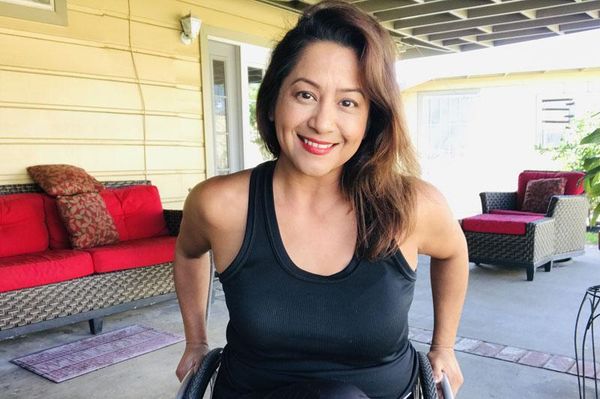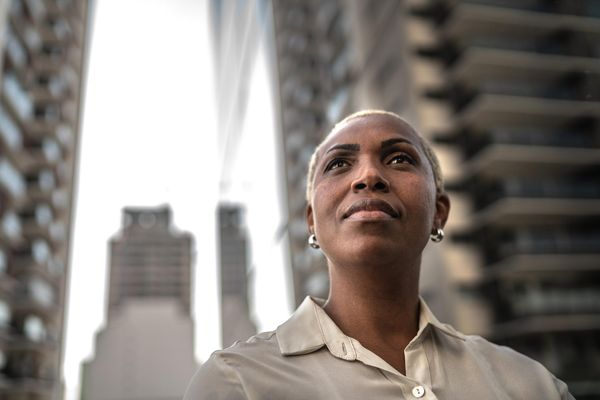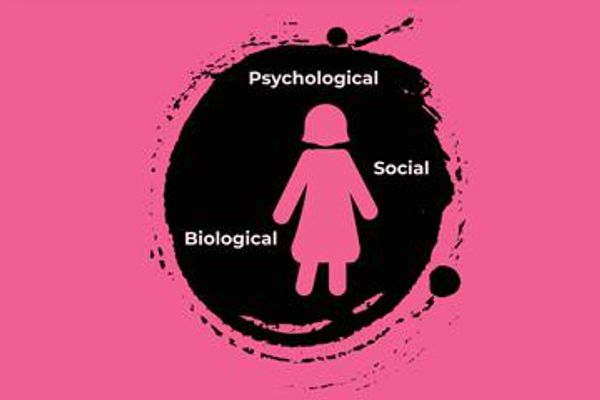By Barbara Brody
Chronic pain is no joke, yet pain management is sometimes treated that way—especially when the person experiencing it is female.
Compared with men, women are more likely to be diagnosed with chronic pain disorders like arthritis, fibromyalgia, and migraines. Meanwhile, several conditions that cause chronic pain, including uterine fibroids, endometriosis, and vulvodynia occur exclusively in women.
Yet when we ask for pain management help, women are more apt to be told that the problem is "all in your head." As a result, far too many of us end up suffering in silence or are sent home from doctors' offices with prescriptions for treatments that don't work—or that carry serious risks.
There has to be a better way, and we're determined to help find it. That's why HealthyWomen convened the Chronic Pain Summit in July. This event featured presentations from prominent pain specialists; fostered dialogue between patients, clinicians, researchers, and industry experts; and featured representatives from federal agencies and other non-profit organizations.
Together, the participants worked to raise awareness about chronic pain in women by addressing existing challenges and knowledge gaps, and encouraging all the stakeholders to work together as we strive to find new and innovative solutions.
The group also worked to bust numerous myths about chronic pain, including:
Myth: Women and men experience pain the same way. Women just complain more.
Reality: Women and men respond differently to pain, thanks to biological differences that scientists only partly understand. We need more research exploring the underlying mechanisms so we can learn about how women perceive pain as well as how to best treat it.
As for complaining, you should know that many women actually delay seeking help for their pain because they're afraid that they won't be taken seriously. Some live with migraines, sore joints, pelvic pain, or other serious discomfort for years before bringing it to the attention of a doctor. We need to encourage women to speak up and demand the care they deserve.
Myth: Women and men respond equally well to the same pain medications.
Reality: No one really knows if this is true, because most research to date has been on men. For too long women have been treated as a side-note. (Even a recent Heath and Human Services report on pain management refers to women as a "special population.") But women aren't a special group—we're half of all people! We need equal representation in studies so we can figure out how to best manage pain in everyone.
Myth: Anyone who uses opioids is an addict.
Reality: Women with chronic pain conditions are more likely to be treated with opioids and use these drugs for longer periods of time than men, but this isn't a clear-cut issue. Yes, long-term opioid use can open the door to addiction, but many people take these drugs responsibly and are terrified that policy changes will mean losing access to the only treatment that has been able to ease their pain. We can't take opioids away from chronic pain patients who rely on them without offering them alternatives that work.
That brings us to a related myth...
Myth: Opioids are the only option for serious, chronic pain.
Reality: While it's true that opioids often offer relief when other pain medications fail, there are safer alternatives and complementary treatments worth exploring. While we certainly need research on new and different pharmacological therapies, we also need more research, education, and access to non-drug options: Studies have suggested that many chronic pain patients can benefit from incorporating physical therapy, massage, acupuncture, yoga, Tai Chi, or meditation into their treatment regimen, but most healthcare providers don't know enough about these modalities and health insurance companies rarely cover them fully, if at all.
Psychological therapies, such as cognitive behavioral therapy, may also be useful, but again research, education, and access are limited. We need to change that.


